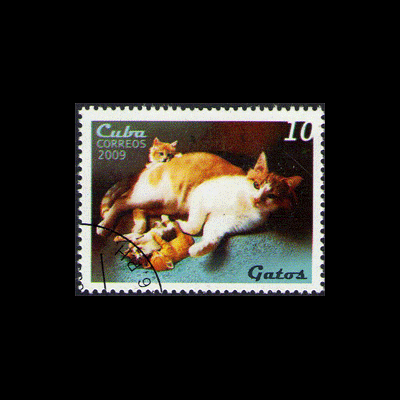
Burmese Cats, The Pet Owner's Guide to Burmese Cats and Kittens
Burmese cats have many similarities with Siamese cats, and those found in Europe and the US have some Siamese blood. Burmese cats have smaller ears than Siamese cats, and they aren’t quite as loud when they meow, but they are similar in being very elegant cats which are active and which tend to form strong bonds with their owners.
Burmese cats are sometimes kept as indoor cats, but because they’re active, they do need entertainment if they’re kept indoors. They also benefit from an enclosed area in the garden or from access to an apartment balcony. Like Siamese cats, Burmese cats often follow their owners out of doors, ‘helping’ with the gardening. They are a curious, intelligent breed, and like company, so make good companions for people who are at home in the day, though they may come and sit on your work table, to 'help' you!
Older Burmese cats tend to be calmer and less active, so if you want an indoor cat that is affectionate but not especially active, it’s worth looking for an adult Burmese in need of rehoming. They tend to choose one person as their ‘slave’, but they can happily transfer their affections to a new human if they need to.
Colette Anderson’s book is an interesting account of the breed, which has useful help with general care, as well some good illustrations. It’s geared to an American readership, and Americans tend to favour keeping cats indoors, because it’s riskier for cats to go outdoors in much of the US due to there being more feral cats, and large predators like coyotes. This is actually helpful, because this particular breed can be challenging as an indoor cat, and there are tips on how to keep your Burmese cat amused.



